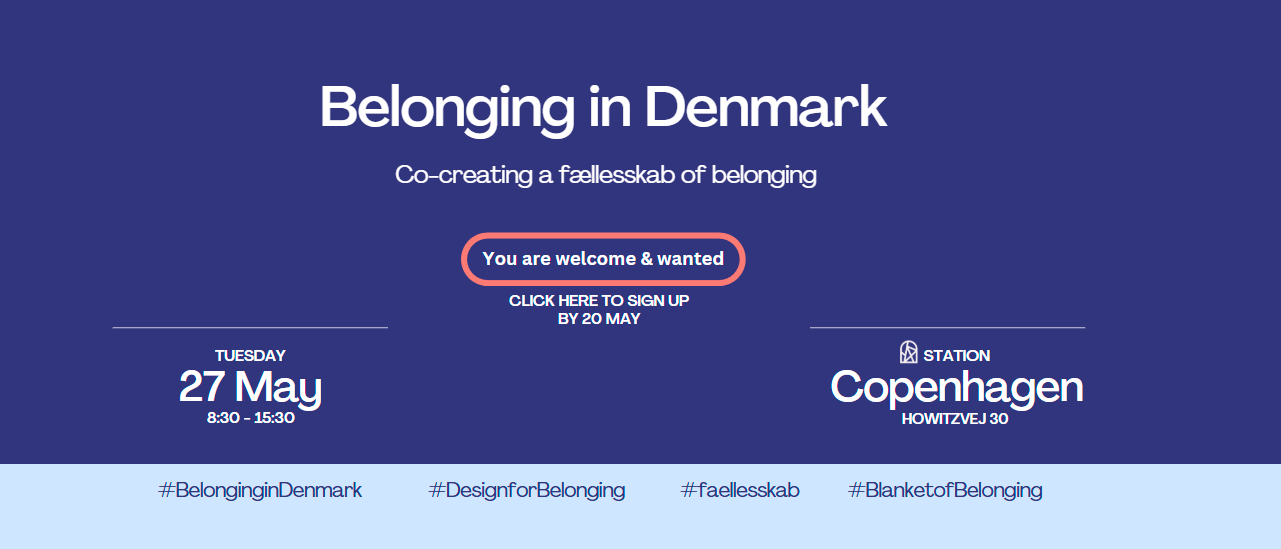One of the things that makes Copenhagen so delightful is that you can pretty much get anywhere you want in the city within 15-20 minutes.
With 170 km of double-track rail and 84 stations, the city’s S-train plays a crucial role in the capital’s commuter and public transport network. From Hellerup to Valby or Vangede to Rødovre, you can get across the capital in about the same time it takes to drive 500 metres during rush hour.
Railroaded in 1933
But it wasn’t always smooth runnings for the S-train.
According to press reports on 29 November 1933, the first test run of what is now known as the S-train was scheduled to leave Vanløse Station at precisely 9:47am. But not until 11:08 did the historic event – a Danish state rail powered with electricity – take place. “Unfortunately,” an Ekstra Bladet newspaper reporter wrote that day, “it only moved two or three metres before coming to a halt again.”
Although electric trains had been in service in many European cities since the turn of the century, Copenhagen lagged somewhat behind. The city already had electric street cars, but it wasn’t until 1930, after years of rapid growth of towns outside the capital that Parliament instructed the Danish State Rail Company (DSB) to begin the construction of an electric rail line.
By that time, DSB was more than ready to start running electric trains. Steam-powered locomotives were proving inefficient for transporting people short distances around the capital, and DSB was losing passengers to street cars.
Three years later, and 15 minutes after the first run stopped well short of its goal, electric trains got on track for good. At 11:22, the first electric train left Vanløse Station and made it to its goal in Hellerup without further delay.
Something with S
With the test run completed, it was only to be a matter of months before the electric rail system began transporting passengers. Copenhageners followed the construction of the railway closely, but as the 3 April maiden run, the train still had no official name.
In order to rectify the situation, Politiken newspaper held a competition on 17 February 1934, asking its readers to submit their suggestions for what the new electric wonder should be called. But although most of the suggestions reflected the day’s fascination with electricity – Spark, Current, Electro, Flash – the jury voted unanimously for ‘S-Line’, which was among the most popular suggestions.
Inspiration for the term ‘S-Line’ came from a number of places, not least from Berlin, which was already running an ‘S-bahn’ – short for Stadtbahn (City Line). But in Copenhagen the term’s origin came from the red hexagonal signs that hung outside the newly constructed stations, which were marked with a white-winged ‘S’ to signify that it was a station.
But according to the then-DSB director general Peter Knutzen, ‘S’ could also be used to describe other aspects of the railway. “Of course, it primarily means ‘station’, because people know that wherever they see an ‘s’ they’ll find a station. But it could also refer to ‘Stadsbane’ (City Line), and it could also refer to all the wonderful things it can take you to: sun, sea and sand in the summer, and snow, skiing, sledging and skating in the winter. Finally, it also makes a reference to the Storkøbenhavn (Greater Copenhagen) it will create.”
With the problems experienced during the test run taken care of, the new S-trains officially came into use on 3 April 1934 when a VIP departure pulled out of Frederiksberg Station at 2pm, reaching Klampenborg on time.
Powering into history
Over the next few years, the number of passengers rose by 400 percent, leading to the construction of new lines to Hellerup, Valby and Holte, and in the post-war years to the new suburbs of Ballerup and Glostrup.
At first, in order to keep to their timetables, trains stopped for only 30 seconds at each station before their doors slammed shut.
Although few problems with the trains themselves were reported, it did take considerable time for passengers to get used to the quick stops and the tremendous speed and acceleration of the electric trains, which reached a speed of up to 90 km/h – described as “dangerously fast” by some concerned
travellers.
Knutzen’s now infamous reply to them: “Don’t be nervous, you’ll get used to them,” has proven to be prophetic, with more than 350,000 passengers now using them every day.
Today, the trains reach speeds of 120 km/h and continues to grow in popularity among city dwellers. The link to the Metro and the decision to allow passengers to take their bicycles on the trains for free in 2010 has significantly boosted passenger numbers in recent
years.
In fact, from 2010 to 2015 passengers with bicycles accounted for over a third of the total 17 million passenger increase.
And with more link-ups with the ongoing Metro expansion on the horizon, no air brakes in the world will be able to put a stop to the runaway success story of Copenhagen’s S-trains.
If Knutzen were still alive today, he might have uttered: “The ‘S’ is for Super!”















